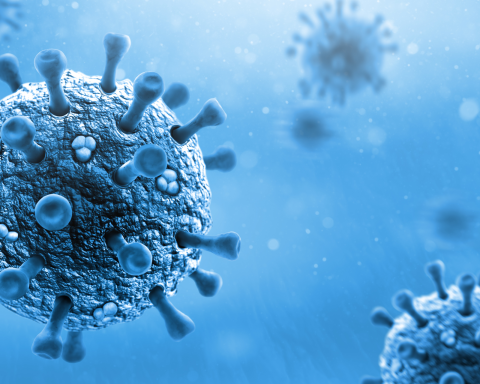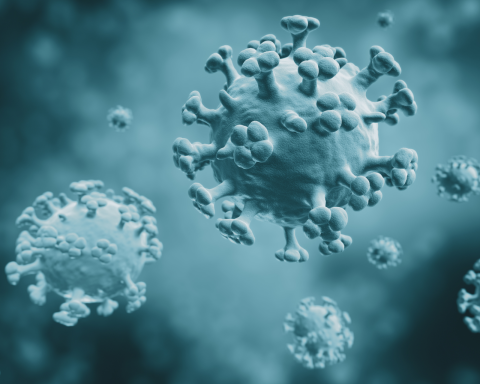Pope Francis remains hospitalized with pneumonia affecting both of his lungs, according to multiple reports on Tuesday. The Vatican previously announced on Monday that he had a “complex clinical picture” necessitating his continued stay in the hospital. This development follows his admission last week for tests and the treatment of bronchitis.
Key Facts
The Vatican revealed on Tuesday that Pope Francis has bilateral pneumonia. Laboratory tests, a chest X-ray, and his clinical condition have indicated a complicated medical situation. Vatican spokesman Matteo Bruni reported a follow-up CT scan that day identified the presence of pneumonia in both lungs, which will necessitate “additional drug therapy.” Earlier, it was noted that the pope had “rested well overnight” at Rome’s Agostino Gemelli Polyclinic, where he has been since Friday for necessary diagnostic tests and bronchitis treatment. The Vatican’s Monday press release explained that medical tests indicated Francis had a “polymicrobial infection of the respiratory tract,” leading to a change in treatment and a longer hospitalization. Later updates confirmed that while the pope was in a “stable” condition without fever, he is progressing with the prescribed treatment.
Treatment of Pneumonia
For bacterial pneumonia, treatment typically involves antibiotics. Viral pneumonia, however, may require antiviral medications along with rest and symptom management, as noted by the American Lung Association (ALA). In severe cases where hospitalization is needed, treatments can include intravenous fluids, antibiotics, oxygen therapy, and potentially other respiratory treatments. Those at higher risk for complications include the elderly and individuals with weakened immune systems or pre-existing medical conditions.
Understanding Polymicrobial Infections
Polymicrobial infections can be either acute or chronic and involve various combinations of pathogens, such as viruses, bacteria, fungi, and parasites, according to the National Institutes of Health (NIH). The Vatican has not detailed the specific type of polymicrobial infection affecting Francis, other than identifying it as a respiratory tract infection.
Treatment for Polymicrobial Infections
The NIH reports that polymicrobial infections are primarily treated with antibiotics, which may require days to weeks for full recovery. Dr. Nick Hopkinson from Asthma + Lung UK mentioned that the pope might be receiving multiple medications to combat various ailments and clear his chest, noting that some infections are inherently harder to eliminate and thus may require prolonged treatment.
Current Work Status of Pope Francis
Despite a call for “complete rest” from his medical team on Sunday, Bruni indicated on Monday that Francis was in “good spirits” and had continued to engage in some of his duties, including outreach to parishioners in Gaza. However, several public engagements have been canceled, including the Mass for the Jubilee of Deacons scheduled for February 23, as well as another Jubilee that Saturday and the pope’s weekly general audience.
Big Number
88. Pope Francis’s age, who has faced various health challenges and has served as pope for nearly 12 years.
Key Background
Pope Francis has a history of respiratory issues, including a surgery in 1957 that involved the removal of part of his lung due to an infection. He was hospitalized for a respiratory infection in March 2023, experiencing chest pains and breathing difficulties, and was diagnosed with bronchitis during that episode, which led to a three-day hospital stay. In July 2021, he spent 10 days in the hospital due to issues with his large intestine and has undergone colon surgery in the past. The pope often uses a wheelchair or walker in public appearances but stated in a recent autobiography that he is doing well, adding, “The reality is, quite simply, that I am old.” He emphasized that the Church is managed with both intellect and compassion, rather than physical strength.










